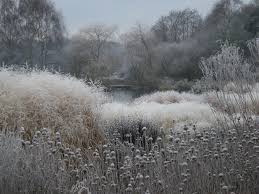

I feel like a lot of people spend a good amount of time in the colder months tidying up their gardens. Cleaning up the fall leaves, clipping back all the spent perennials and grasses and then putting down a thick layer of mulch seems to be common practice. Let’s try looking at the garden in a different way this winter!
By cutting down the spent grasses and perennials you really miss out on the winter interest of these plants. The winter unveils another stage in the plants beauty with its dried bronze stalks, seed heads and spent flowers. It’s definitely very different than the way the garden looks during growing season, but this is what is so beautiful about it! Winter is also a really interesting part of the plant cycle. The focus is not on the growth of the foliage or flower, it’s now saving that energy and going into dormancy. The plant will protect its self and wait for springs arrival. While all this is going on, the plant is also playing a crucial role as shelter for many pollinators. Our native solitary bees overwinter in the still standing stalks of perennials. Ground bees like bumblebees rely on leaf litter to protect and warm them throughout the winter as they gather underground. The thick layers of mulch we apply make it very hard for the bees to get underground. Soil with just a cover of leaf litter is what these little guys need. Countless insects rely on this winter landscape in order to make it to spring and once spring hits we need them to pollinate and feed our other wildlife, such as birds. It’s a delicate cycle that is being tampered with, but little changes we make can make a collective and monumental difference!
So this winter, leave your spent plants up! Let the insects make their homes in the stalks. Leave the leaves in the beds or mulch up the leaves in your yard with a mower and apply these as layer of coverage to your garden beds in place of store bought mulch. It looks great and think about the difference you’re making to native pollinators!



 that went into making it happen.
that went into making it happen.

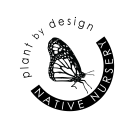







 the ones that need protecting. Until recently its been honey bees that get all the attention. Many are quickly realizing the detrimental impact this is having on our environment.
the ones that need protecting. Until recently its been honey bees that get all the attention. Many are quickly realizing the detrimental impact this is having on our environment.
 the removal of an invasive non-native known as Euphorbia amygdaloides. We got several requests to name ground covers to stay away from and also native options to use instead.
the removal of an invasive non-native known as Euphorbia amygdaloides. We got several requests to name ground covers to stay away from and also native options to use instead.

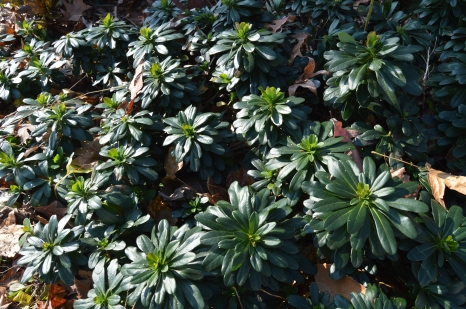 ecided to give it a try due to its incredible beauty as a dense shady groundcover. I told myself, “Surely I can keep it in check by regular maintenance”. Big mistake! Not only did it quickly spread by masses of runners, but after 2 years I started noticing the plant popping up 10 to 15 feet away from the mother plant. This told me that it
ecided to give it a try due to its incredible beauty as a dense shady groundcover. I told myself, “Surely I can keep it in check by regular maintenance”. Big mistake! Not only did it quickly spread by masses of runners, but after 2 years I started noticing the plant popping up 10 to 15 feet away from the mother plant. This told me that it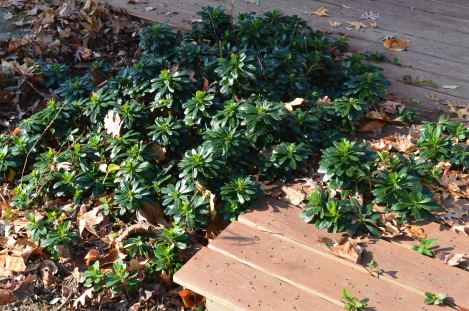 also spreads readily by seed. This was the turning point for me. I knew if I didn’t eradicate the plant soon it would begin to spread into my nearby woods quickly out competing current native species inhabiting it. I had to say goodbye to my Euphorbia.
also spreads readily by seed. This was the turning point for me. I knew if I didn’t eradicate the plant soon it would begin to spread into my nearby woods quickly out competing current native species inhabiting it. I had to say goodbye to my Euphorbia. known as Carex pensylvanica. At first glance it looks like a type of grass but sedges are in fact their own separate thing. Come next spring the plugs I have installed will begin to fill out to 12″ wide and about 6 to 8″ tall. It’s a great ground cover to intermix with other plants. In the photo shown I have both Aruncus dioicus (Goats beard) and Meehania Cordata (Meehan’s mint) in the same area. I will post photos next year to show its progress.
known as Carex pensylvanica. At first glance it looks like a type of grass but sedges are in fact their own separate thing. Come next spring the plugs I have installed will begin to fill out to 12″ wide and about 6 to 8″ tall. It’s a great ground cover to intermix with other plants. In the photo shown I have both Aruncus dioicus (Goats beard) and Meehania Cordata (Meehan’s mint) in the same area. I will post photos next year to show its progress.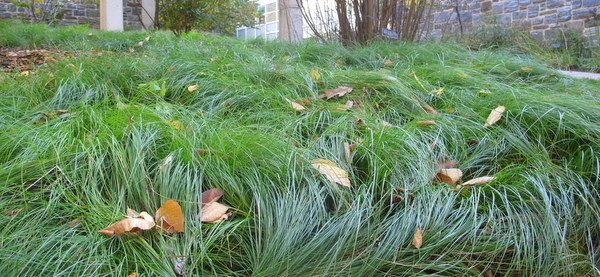

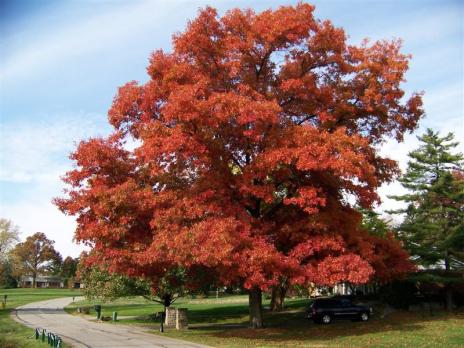


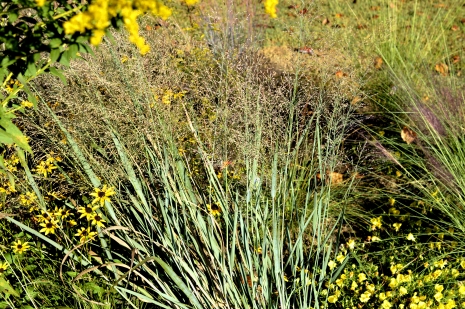
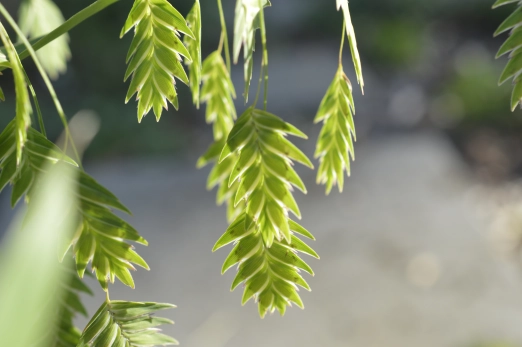
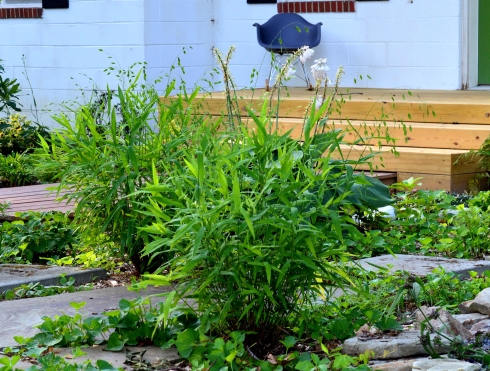



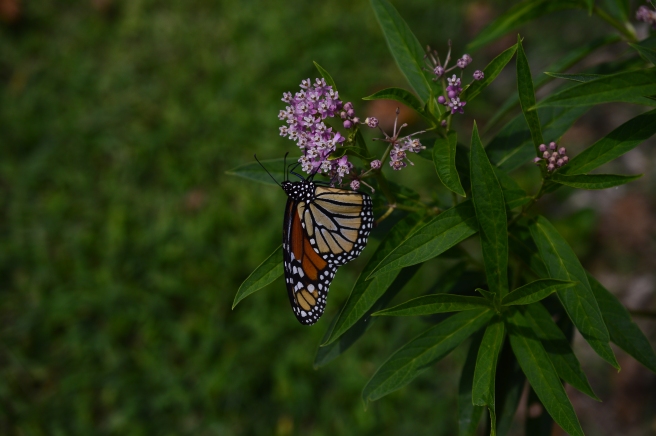 collecting pollen. Out of the two varieties of Asclepias used, Swamp Milkweed (Asc. incarnata) was by far the favorite. In fact we never once saw a monarch caterpillar on the tuberosa species. For nectar sources we planted many Eutrochium and Eupatorium species as well as other summer and fall blooming perennials. As is apparent in nature, diversity is the key! More variation in bloom times, positively correlates to more Monarchs having the necessary energy needed to survive the long trip back to Mexico.
collecting pollen. Out of the two varieties of Asclepias used, Swamp Milkweed (Asc. incarnata) was by far the favorite. In fact we never once saw a monarch caterpillar on the tuberosa species. For nectar sources we planted many Eutrochium and Eupatorium species as well as other summer and fall blooming perennials. As is apparent in nature, diversity is the key! More variation in bloom times, positively correlates to more Monarchs having the necessary energy needed to survive the long trip back to Mexico.


